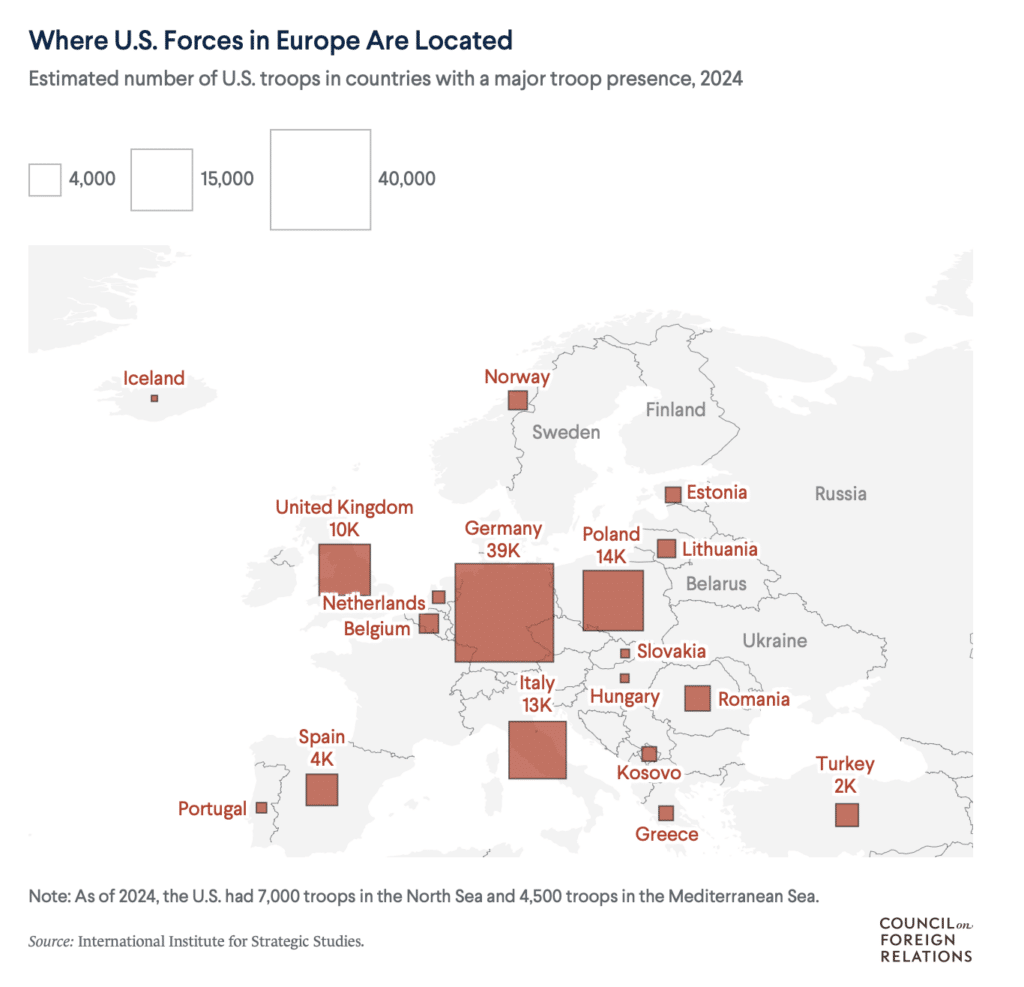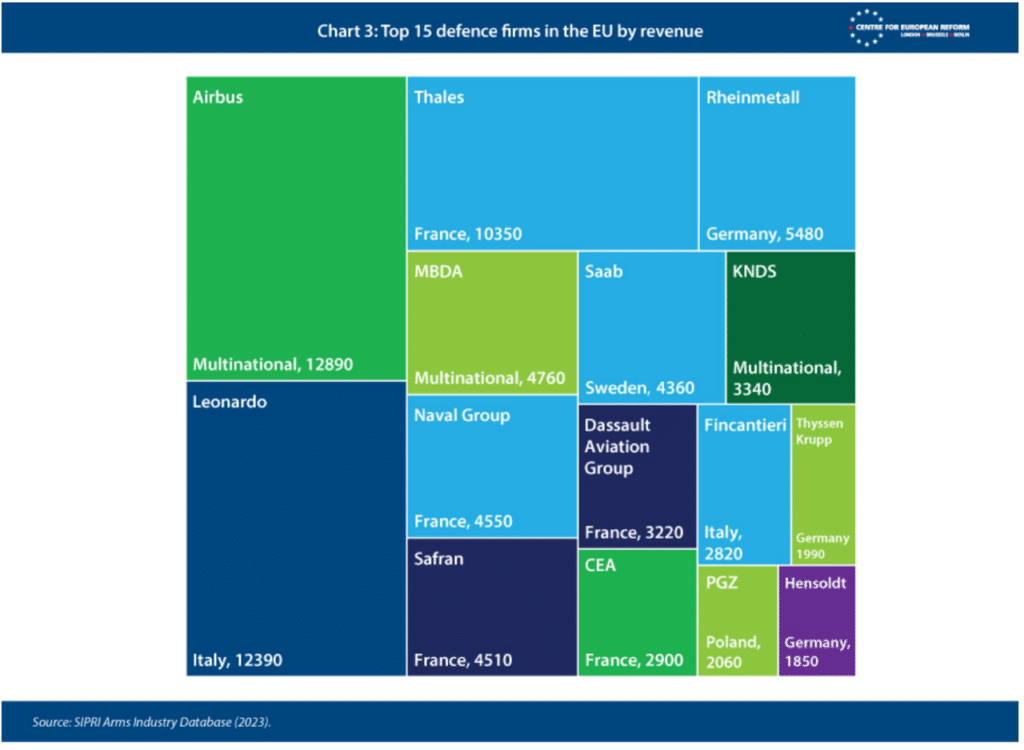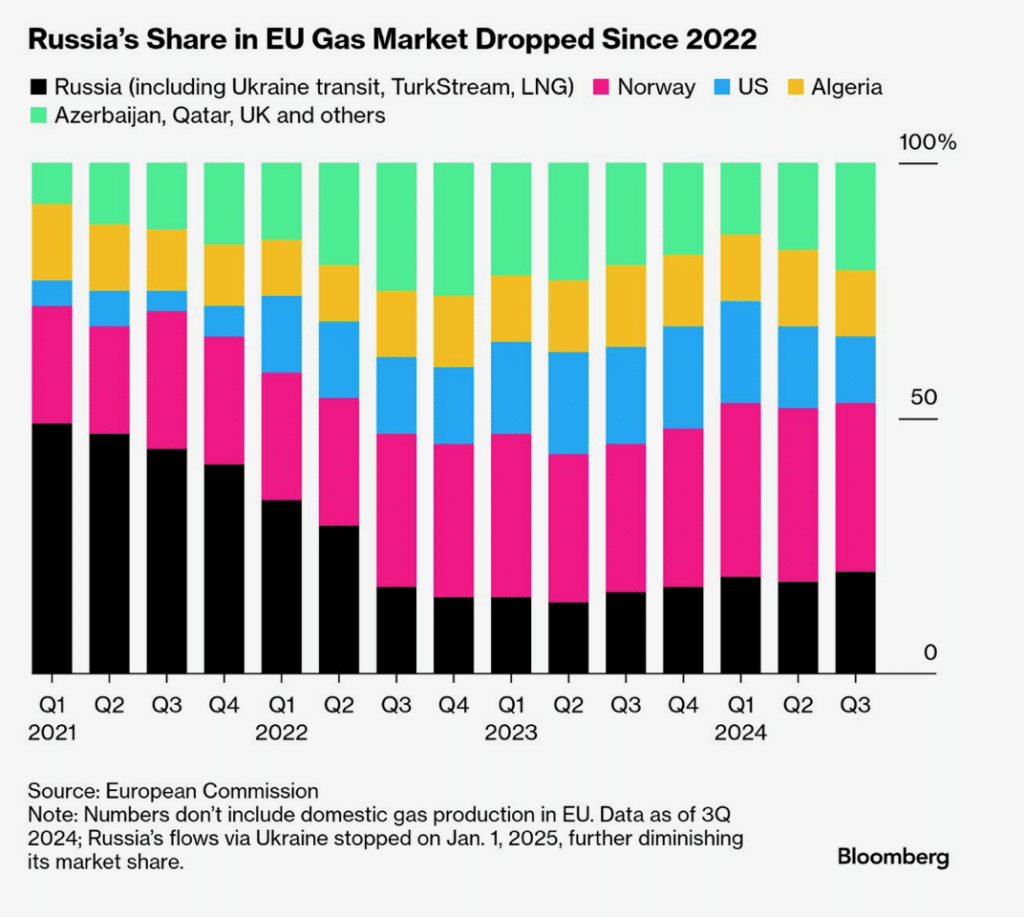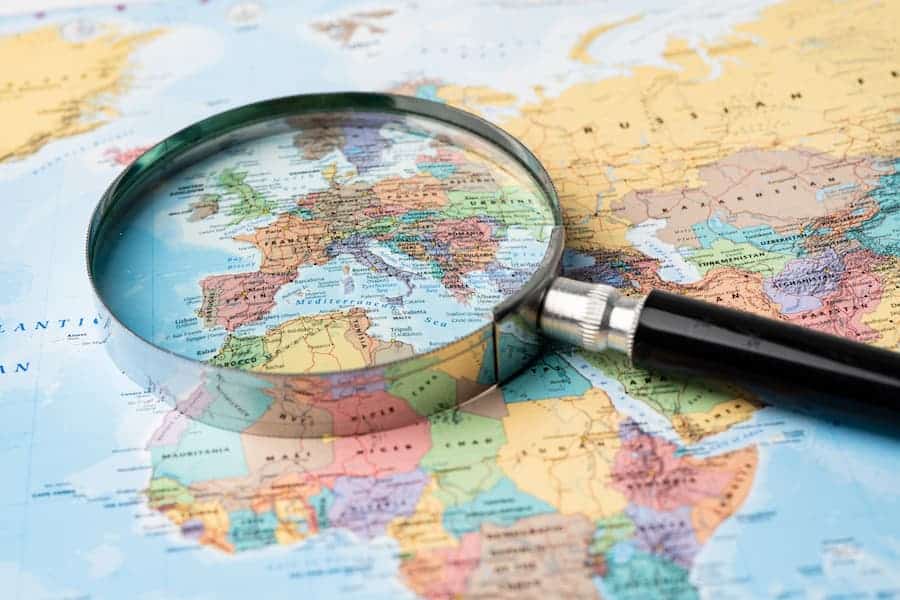After the unusual press conference between Trump and Zelensky at the White House, it is now clear that NATO is at serious risk of dissolution. Europe and the EU have therefore woken up to the risk of having based their strategic autonomy on good relations with the US for 80 years. But amid all the uncertainty, there is reason for a certain degree of optimism and restraint.
Dissolving NATO will be insecure
There is a psychological risk associated with NATO's potential breakup, centered on the EU’s need to forge a new political identity based on strategic autonomy. Politicians are now working to narrow the range of possible future outcomes.
Normally, the time horizon for such a process is very long-term. But if the EU demonstrates unity and decisiveness, it could pave the way for a more multipolar world and, in the long run, a more balanced relationship between the EU and the U.S. There is reason for optimism in this regard. A political “sense of urgency” has led to an unprecedented level of decision-making power.
Additionally there is a security risk
- In the short term, the threat from Russia is more contained. Russia remains tied down by the front in Ukraine and currently lacks the strength and strategic oversight to open two or three additional fronts simultaneously. Most importantly, Russia will go to great lengths to avoid a war with the U.S., as even an accidental attack on American soldiers would inevitably trigger such a conflict. The U.S. still maintains bases in most EU countries and has tactical nuclear weapons in at least six known locations, with likely 10–20 additional undisclosed sites.

- In the medium term, however, the security risk is greater, as outlined later. At present, there is an unusually strong political rhetoric across most EU countries.
- Economically, the buildup of entirely new defense capabilities has finally reached such a scale and level of targeted investment that it could even boost the EU’s economic growth—provided that weapons systems are procured from European manufacturers.

Armament requires expansive financing
However, this requires expansionary financing, meaning increased borrowing. This, in turn, necessitates structural political decisions, as discussed later.
At the beginning of February, Friedrich Merz—much like Macron shortly thereafter—stated that he was uncertain whether Germany’s defense priority would even remain NATO as we move into the second half of 2025. Fundamentally, the world is facing an era of historic uncertainty brought on by a new world order.
One polarity is "The Yalta world", where great powers negotiate and agree on "spheres of influence" over the heads of the affected nations. Trump’s U.S. operates under this model, as demonstrated by Rubio’s meeting with Lavrov in Saudi Arabia in late February. In this framework, there are three superpowers: the U.S., Russia, and ChinaThe doctrine is primarily based on nuclear balance.
The other polarity is a multilateral orderin which the U.S. and the EU need each other to maintain influence. This scenario is only likely in the short and medium term if Trump’s U.S. is put under significant pressure from China. In the long run, however, it remains a very real possibility as a result of EUs current aim of achieving Strategic Autonomy.
Today, the EU faces what can be described as "unpredictable America, uncontrollable Russia, and ungovernable Germany".. This limits the EU’s political room for maneuver, which has long relied on three geopolitical dependencies: "Russian energy, Chinese economy, and American security.".
The first dependency has now been nearly phased out. Both oil and LNG (natural gas) supplies are now far more diversified, primarily sourced from Norway, Qatar, Algeria, and the U.S..

Europe must recreate its credibility ...
China's economy is also uncertain, as also noted in previous newsletters. This presents risks, but also significant opportunities. China e.g. views the U.S. as a greater threat than the EU.
Externally , it has shocked the EU’s global counterparts that Europeans did not foresee the quagmire they now find themselves in. This is especially true in Asian, African, and South American countries. One of the first rules of geopolitics is to prepare for the worst-case scenario. On the one hand, this is broadly seen as yet another sign of EU naivety. On the other hand, it is also perceived as a mitigating factor—naive people are not malicious; they simply learn slowly.
During his first term, Trump made it clear that he intended to withdraw the U.S. from NATO. Despite periodic statements affirming Article 5 (“the musketeer oath”), uncertainty about whether the U.S. will uphold it in practice has now weakened its deterrence effect.
This has prompted EU leaders to scramble for both short- and long-term measures.
In the short term , this involves establishing military agreements between European nations.
In the long term , it involves determining at what point the EU’s dependence on U.S. weapons systems becomes too risky. Additionally, it requires swift decisions on harmonizing European defense systems so that militaries can coordinate and complement each other.
... without being in the shadow of the u.s.
At its core, the EU’s security dilemma is not only about securing itself with less American assistance but also about securing itself against the U.S.
Friedrich Merz, until this year one of Germany’s staunchest Atlanticists, has made one of the most dramatic pivots away from that stance: “My absolute priority will be to strengthen Europe as quickly as possible so that, step by step, we can really achieve independence from the U.S.”..”
In the most critical cases, there are no real alternatives to American weapons systems. GPS guidance, for example, is predominantly based on U.S. military satellites. On the technological front, French and British systems are often up to a decade behind, and while Ukraine has developed one of the world’s most innovative drone systems, these are still “just” drones.
The EU views Trump’s U.S. as inherently unpredictable. As a result, the EU now faces the need for at least two additional strategic clarifications:
This demands strategic clarifications and agreements
- A re-evaluation of its stance toward Russia, whose greatest long-term security challenge remains China, with which it shares a 4,200 km border.
- Russia’s eastern regions, bordering China, hold reserves and extraction sites for nearly all the critical minerals and resources essential to China’s economy.
- China, meanwhile, must secure its supply lines, which are increasingly threatened by the U.S. Over the past few years, China has repeatedly tested Russia’s military resolve.
- Russia’s border with the EU is roughly half as long—about 2,200 km—1,300 km of which is with Finland.
- The EU has largely freed itself from energy dependence on Russia, with the exceptions of Hungary and Austria.
- The EU has five times Russia’s population and an economy 13 times its size.
- If EU defense spending exceeds 4% of GDP, it will approach U.S. levels. This would make it harder for the U.S. to ignore the EU—especially if the EU’s defense systems are non-American.
- Russia is opportunistic but also a geopolitical realist. It would be risky for Russia to launch a large-scale war against Europe while simultaneously facing a significant threat in the East.
- A new strategic pact with China.
- Europeans must regain a degree of credibility in China after the U.S.’s public humiliation of its subordinate, as several Asian editorial leaders have noted.
- The CCP’s English-language mouthpiece, Global Times, on February 28 again argued that “Europe needs to think afresh about China ties amid U.S. shock..” Global Times The Global Times also claims that “Western media are becoming friendlier to China”, referring primarily to European media.
- China’s economy depends on maintaining high export growth.
- Trade and FDI flows with the U.S. have been declining for years. Until now, increased trade with Asian, South American, and African nations has offset this decline. But if EU trade also decreases, China’s economy could face unnecessary strain in finding alternative markets.
- A strategic partnership with China could also help the EU establish a stronger foothold in Africa.
- The "battle for Africa" is crucial to EU, not only to secure mineral and raw material supplies but also to stem large waves of future climate migration.
To be continued in the next blog post

